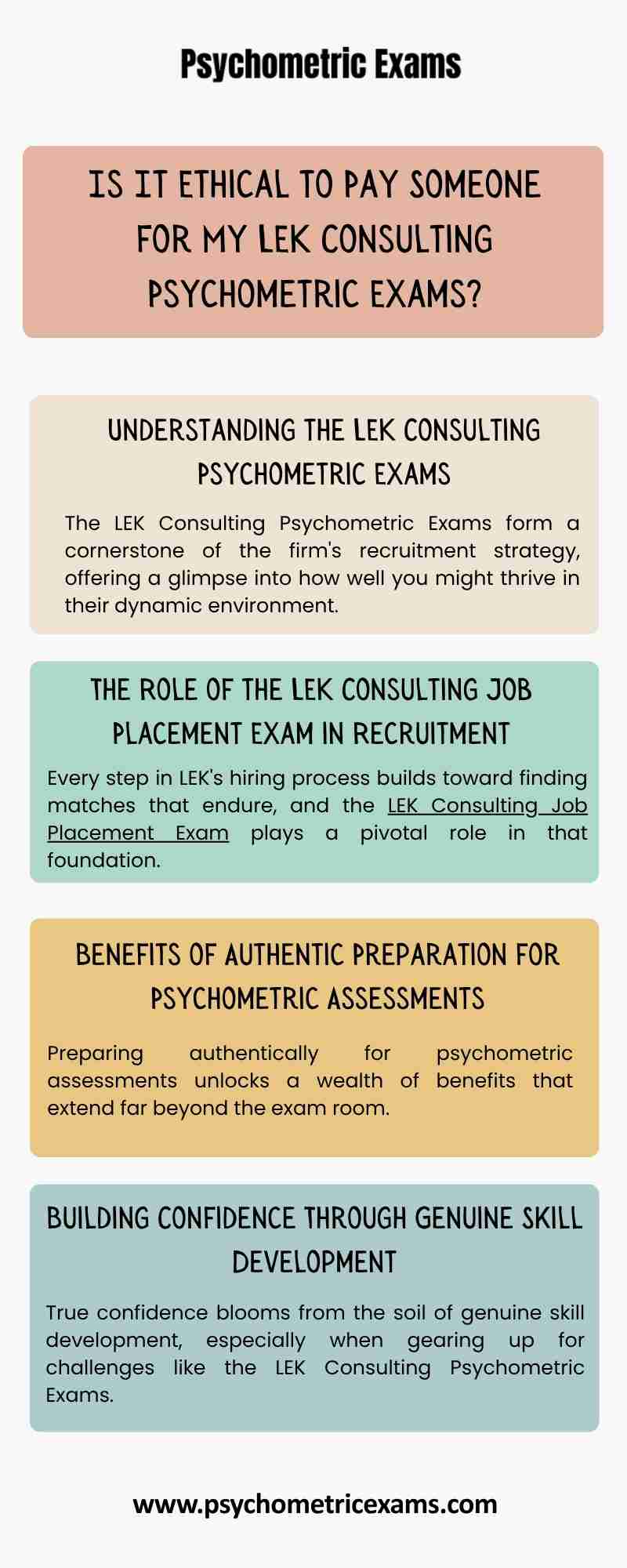Professional Videography for Real Estate – Capture Every Detail with Tple
Showcase your property in style with videography for real estate by Tple. Our expert team creates stunning, high-quality videos that highlight your property’s best features and attract more buyers. From aerial shots to cinematic walkthroughs, we bring your listings to life. Visit us to explore our professional videography services and make your real estate stand out.
For more information visit us: https://tple.com.au/videography









